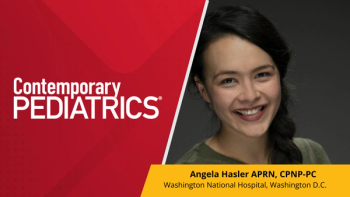
A new approach to wheezing in infants and preschoolers. First of two parts: Shedding light on a difficult diagnosis
Wheezing is common in children younger than 5 years, but asthma is hard to diagnose in this age group. Research holds promise for earlier identification, before uncontrolled symptoms lead to complications.
The saying "children are not small adults" is particularly applicable to the child 5 years of age or younger who experiences recurrent wheezing episodes. Asthma is more difficult to diagnose in young children than adults because many illnesses of childhood are associated with wheezing, cough, and recurrent lung infection.1 Wheezing in infants and pre-schoolers is very common. One large longitudinal, prospective study in the United States found that nearly 50% of children wheeze before 6 years of age, and roughly one-third of these young wheezers will have persistent asthma (Figure 1).2
Is it asthma?In the absence of a definitive diagnostic test, identification of asthma in children 5 years of age and younger must be based on symptom history, medical history, exclusion of alternate diagnoses, physical examination, and clinical judgment regarding the response to treatment.
Newsletter
Access practical, evidence-based guidance to support better care for our youngest patients. Join our email list for the latest clinical updates.








